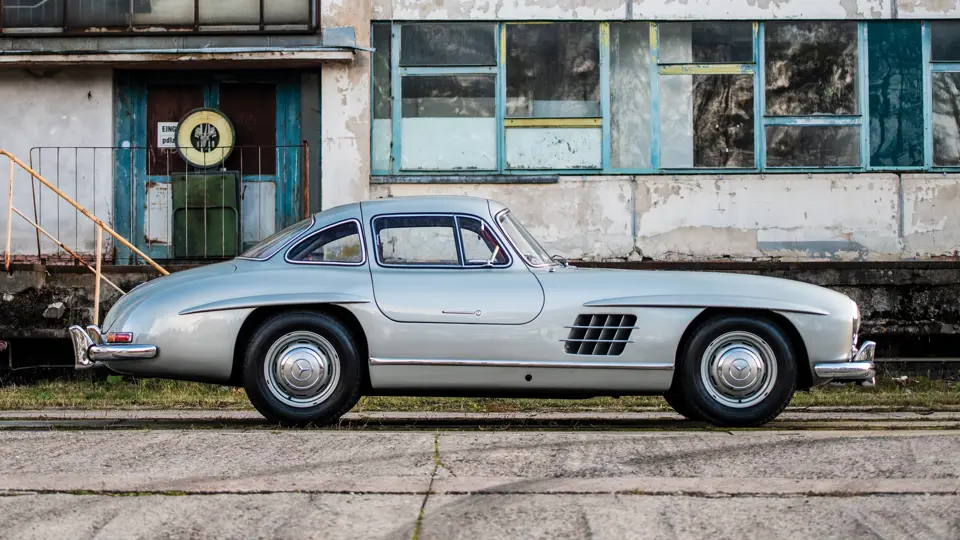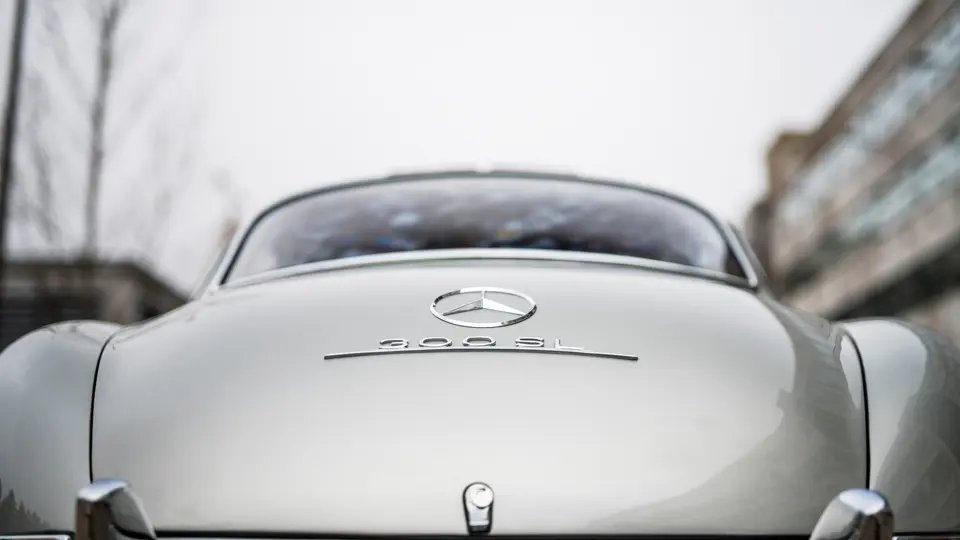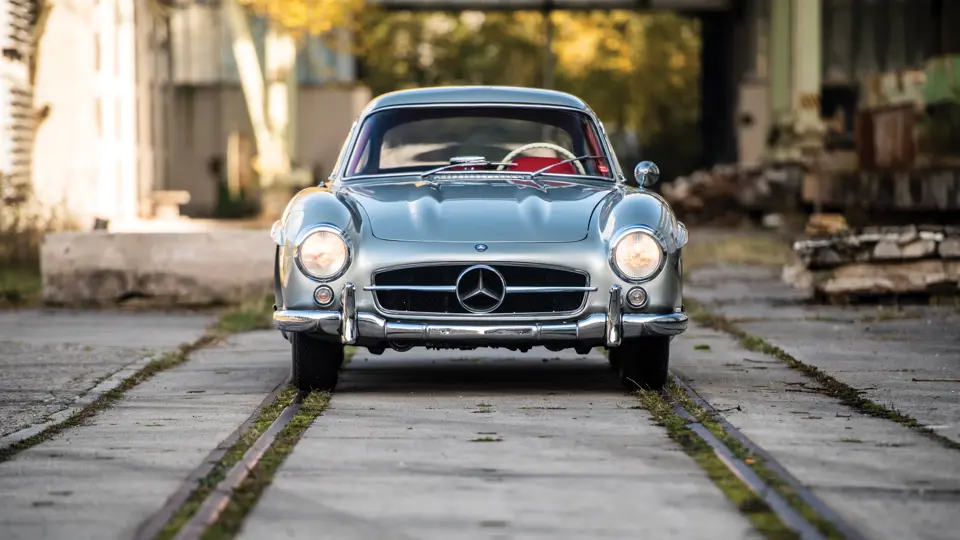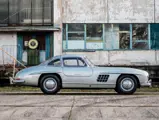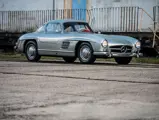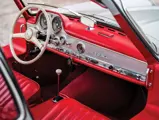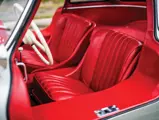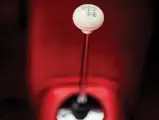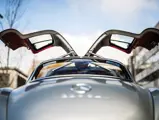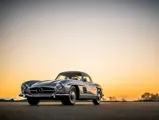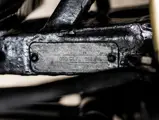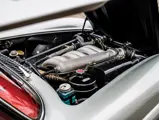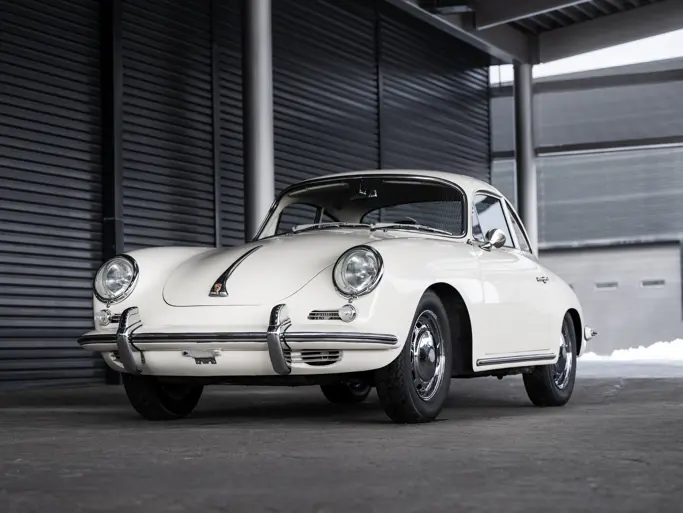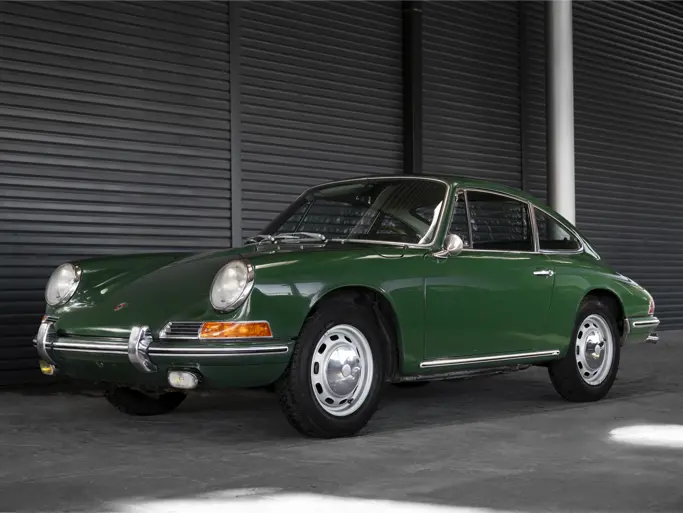Mercedes-Benz won the Carrera Panamericana in 1952 with a W194 300 SL coupe driven by Karl Kling. Fast, attractive, and successful, the U.S. Mercedes-Benz importer Max Hoffman saw promise in the car’s success elsewhere—particularly in his showroom in New York City in street-legal form. Mercedes-Benz’s racing success prompted Hoffman to approach the company with the idea of using the tube frame of the W194, along with its high-performance three-litre engine and unique roof-hinged doors to create a road car based on it. It was a radical proposal, but Hoffman had a highly developed sense for the U.S. market and backed up his suggestion with his checkbook. He placed an order for a thousand luxury high-performance coupes based on a more refined version of the W194.
What would result became a true automotive icon of its era. Mercedes-Benz’s 300 SL was the industry benchmark for performance in the 1950s, pioneering a number of cutting-edge technologies, including fuel injection and a welded, tubular-steel frame that only weighed 182 lb, which of course necessitated those now legendary ‘gullwing’ doors. Thanks to its brilliant performance and incredible looks, it became a favourite of scions of industry, heads of state, and celebrities worldwide. The 300 SL was also raced and piloted by the top drivers of the day, such as John Fitch, Olivier Gendebien, Paul O’Shea, Prince Metternich, and, of course, Sir Stirling Moss, who holds the ‘forever’ course record for his famous Mille Miglia finish in 1955. It all added to the romance of a car that seemed destined to become a legend the moment production began.
Completed by Mercedes-Benz in August of 1956, chassis number 6500206 was originally delivered to the Philippines though its distributor in Manila and surely would have been one of only a handful of 300 SLs delivered to that part of the world. Originally finished in Blue DB353 with red leather upholstery, very early on in the car’s life it was repainted silver metallic. Importantly, the car was also specified with the optional sport suspension and NSL-spec engine (Nockenwelle Sport Leicht, which signifies the presence of a lightweight sport camshaft), raising power output to 230 bhp. Of the 1,400 Gullwings produced, approximately 300 were fitted with both the NSL engine and sport suspension, not counting the four Sportabteilung works-prepared Gullwings or the 29 alloy-bodied examples which were built with all available upgrades.
The Gullwing’s first owner was Augusto Santos of Manila. Details of its early history are vague, but it passed through at least one owner in the United States, Sergio T. Naghiat of Riverdale, New York, before being imported to Germany in 2007. By 2009 the Gullwing was located in Austria and noted as having been restored in the mid-1990s. In 2008 the car had been upgraded with a new cylinder head and sport camshaft to ensure smooth operation with modern unleaded petrol. Its new owner in the UK had the car fully repainted in its current silver before the car returned to Continental Europe, where it was purchased by the consignor in 2017. An engine compression test from that year showed that all cylinders were performing well, and the car has remained well preserved largely in storage ever since.
Over sixty years later, the 300 SL still remains as Mercedes-Benz’s most recognisable car, and its influences can still be seen in the company’s automobiles today. Well suited for rallies, touring, or club events, Gullwings are eminently usable automobiles and can be found on every collector’s wish list, if not already in their garage. This example is particularly desirable, as it still boasts its original NSL-spec engine and sport suspension, and would surely be a thrill to use and enjoy for any collector.

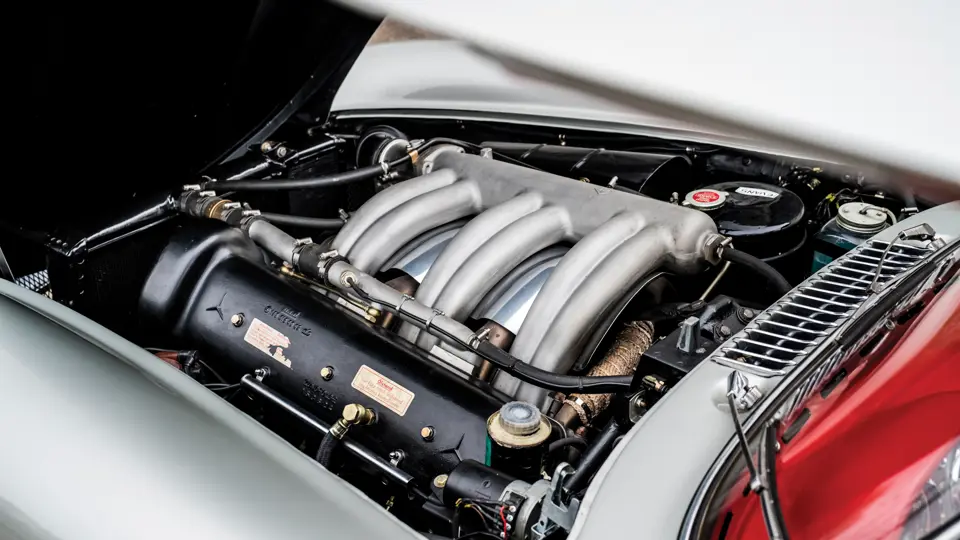


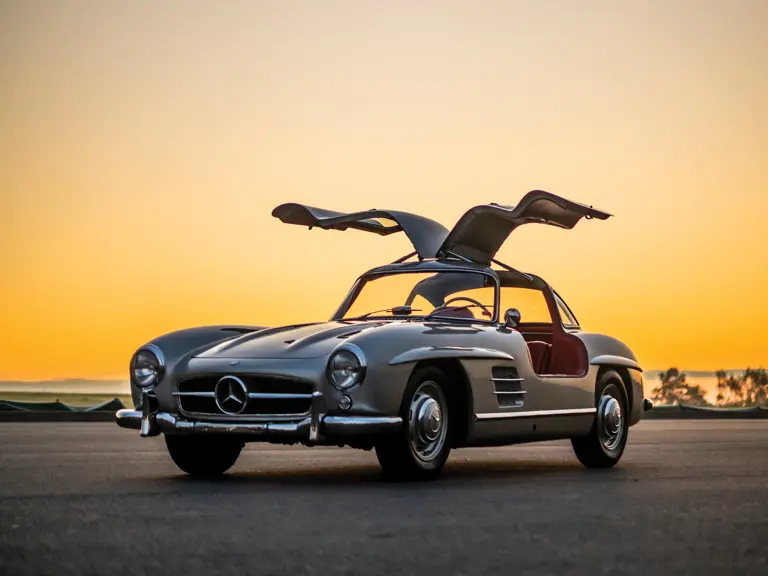


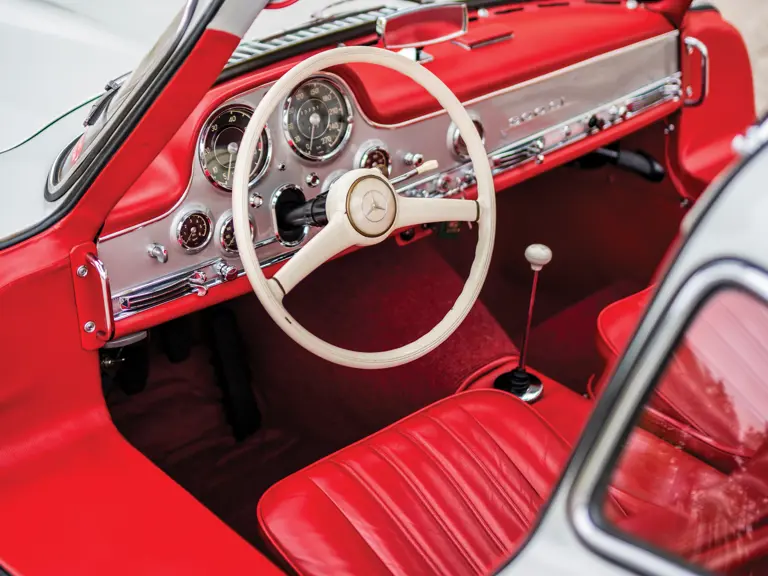
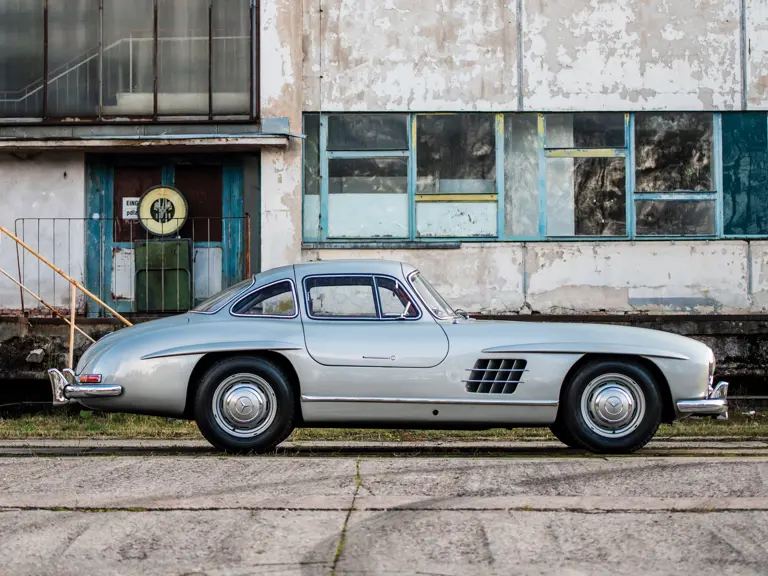

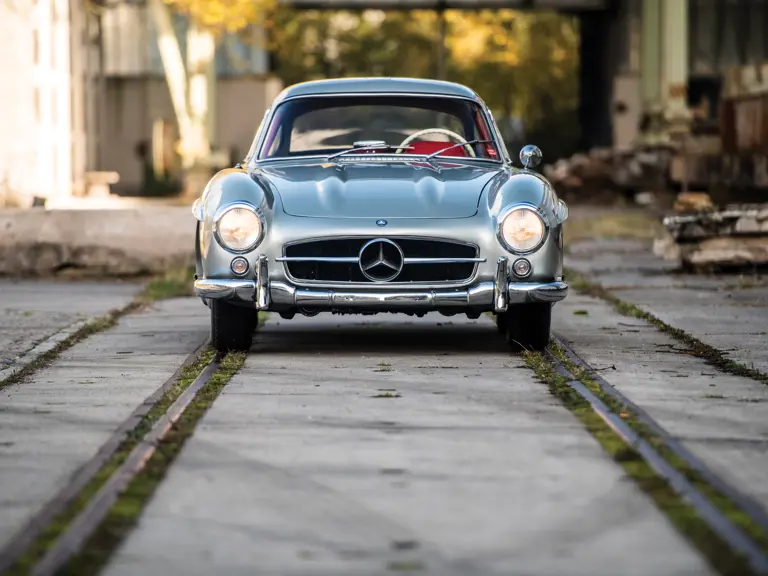

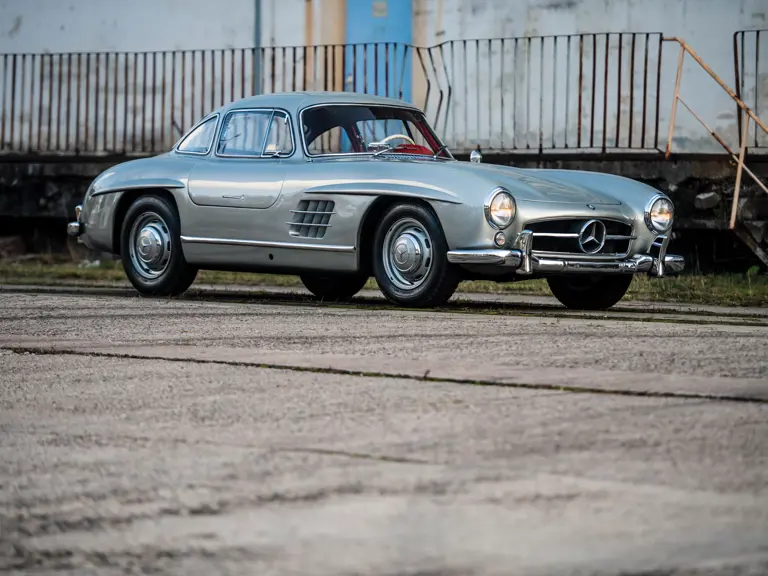
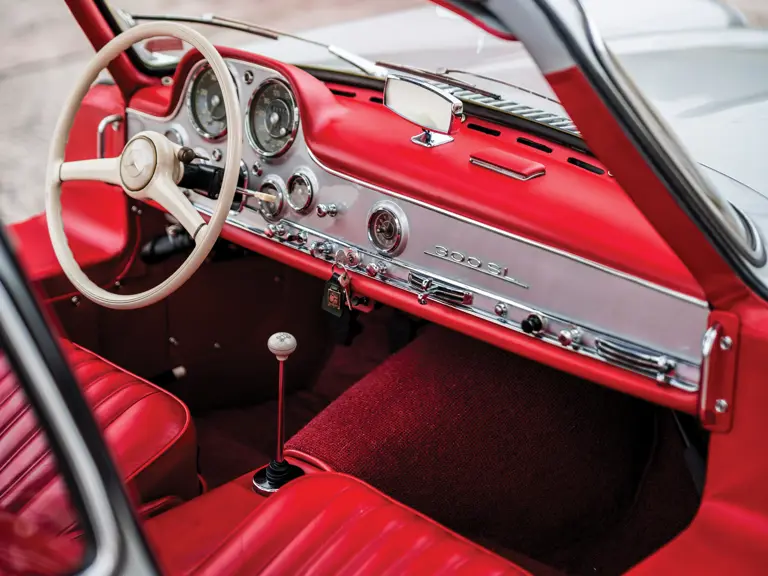
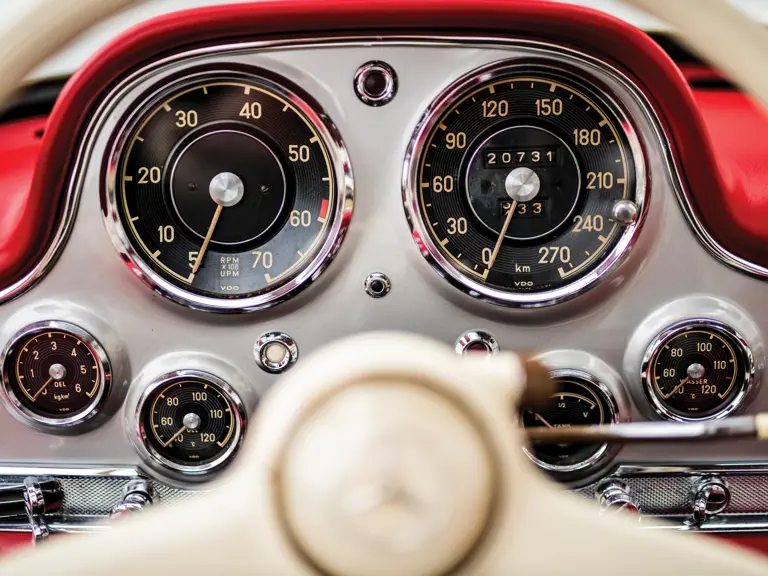
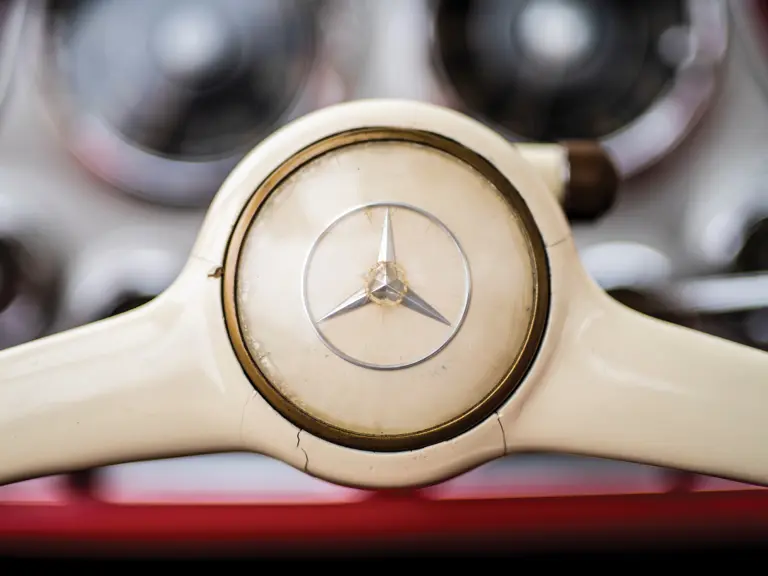
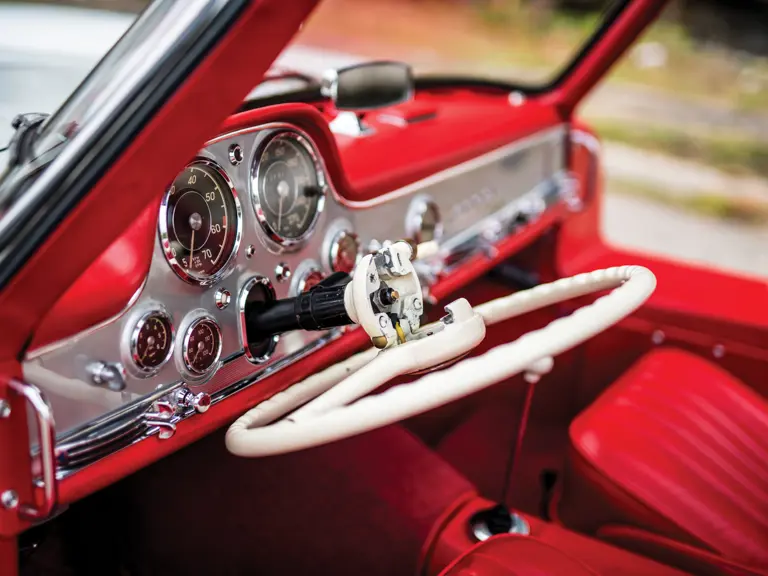
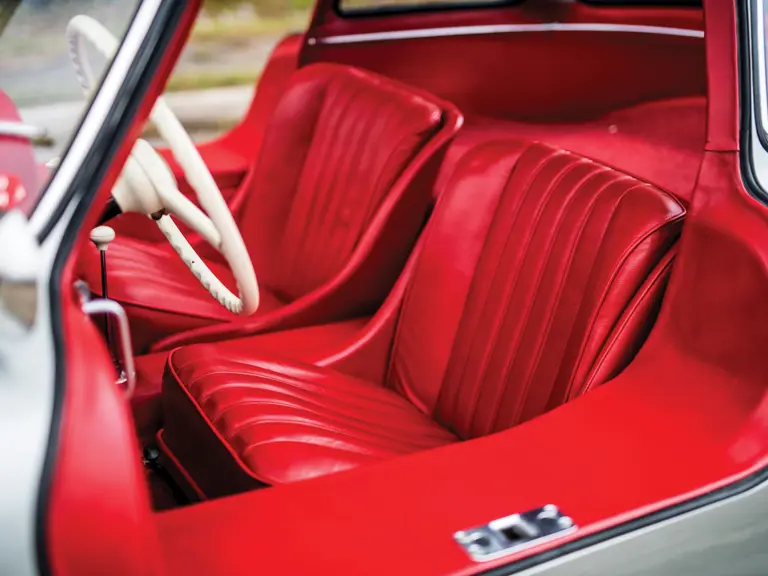
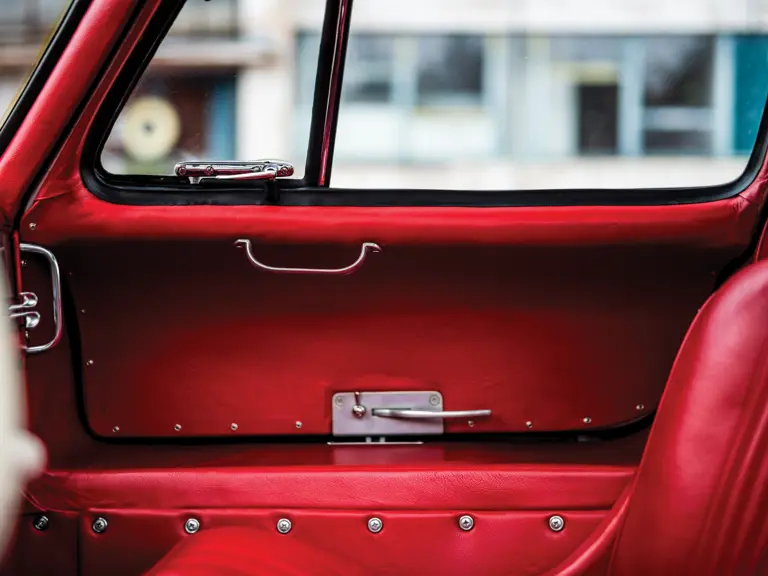
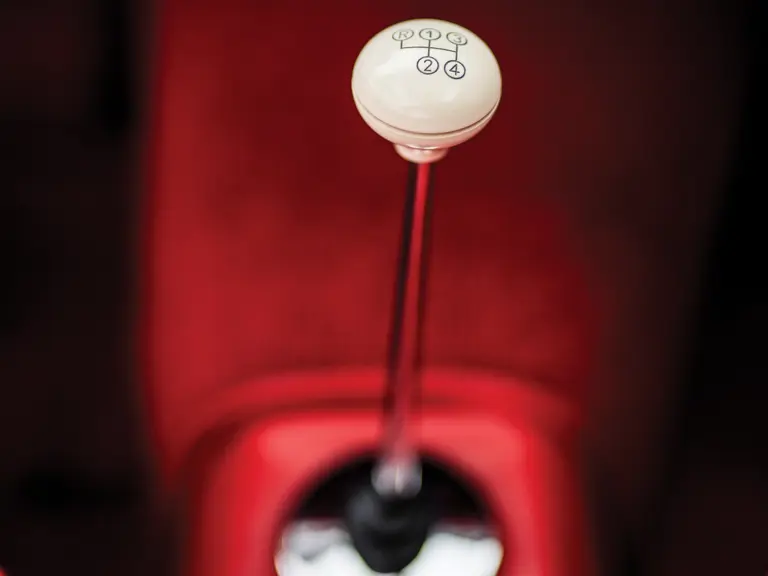
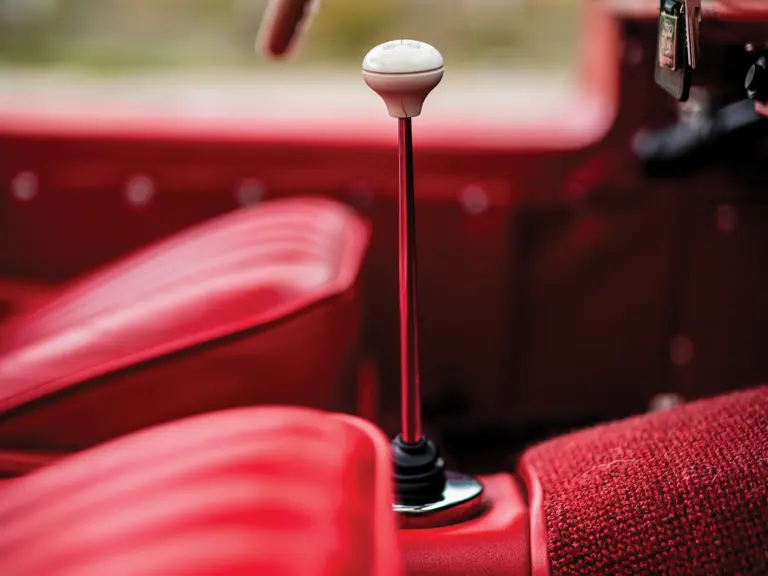
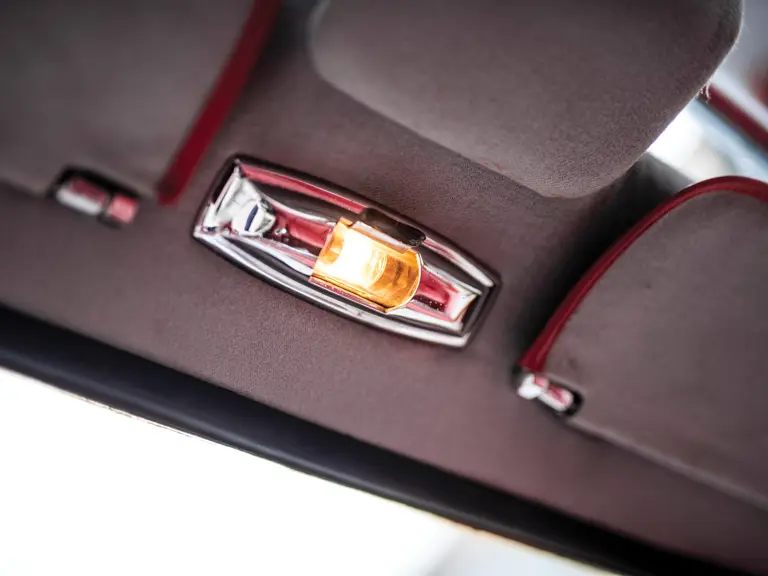
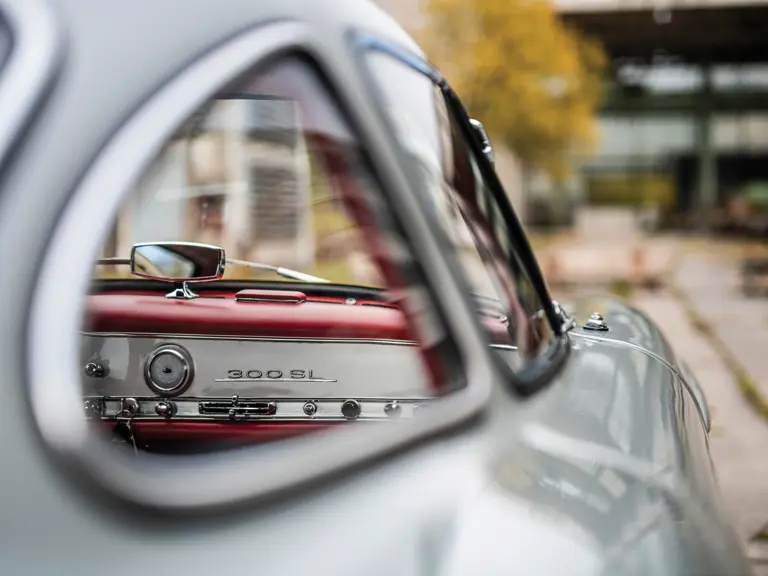
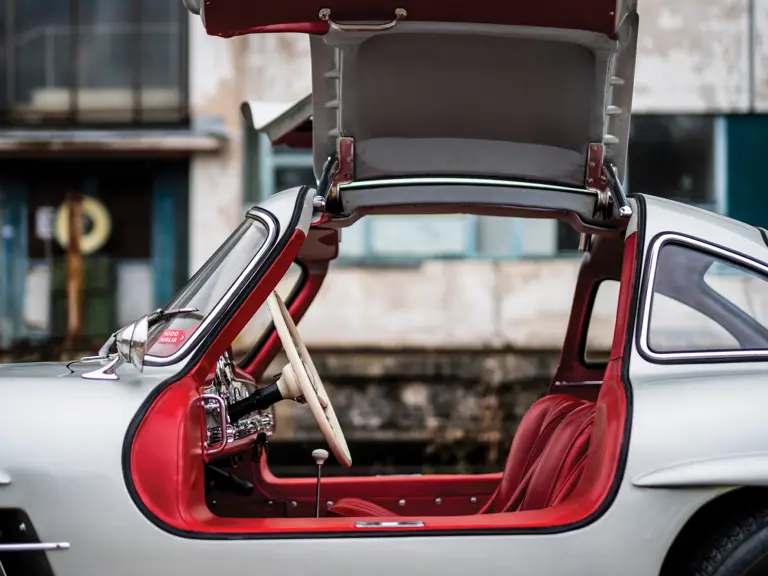
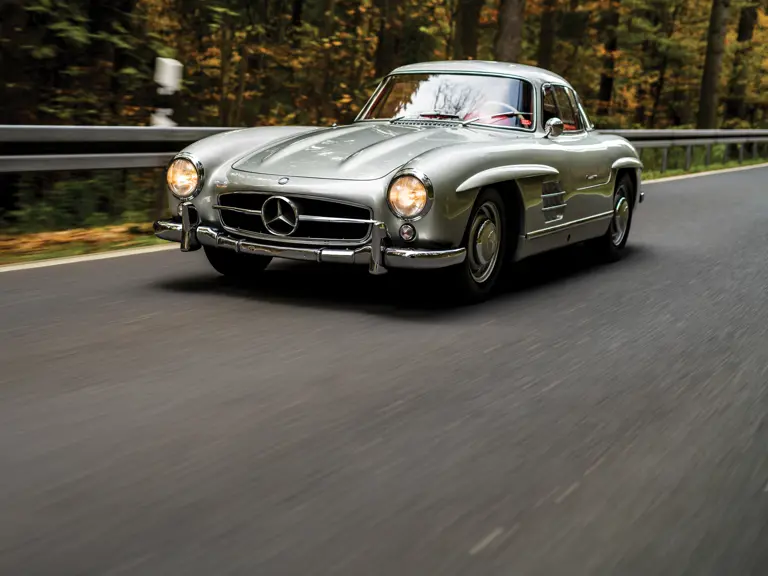

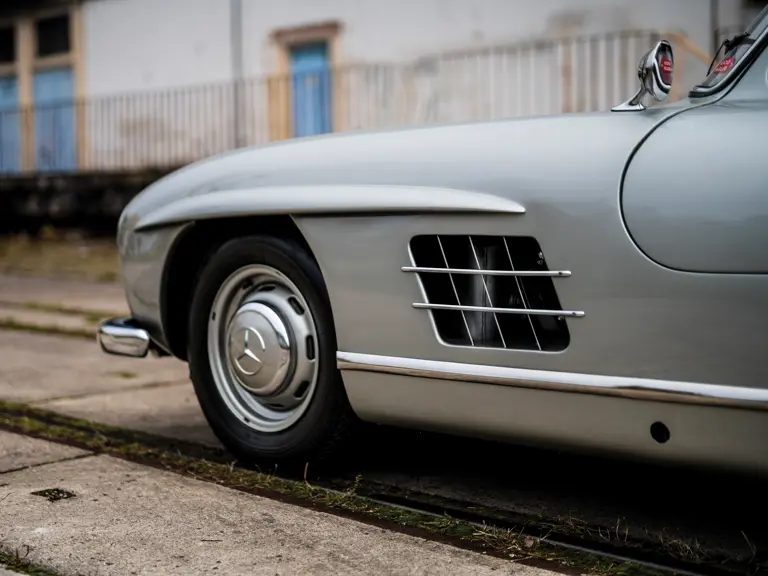
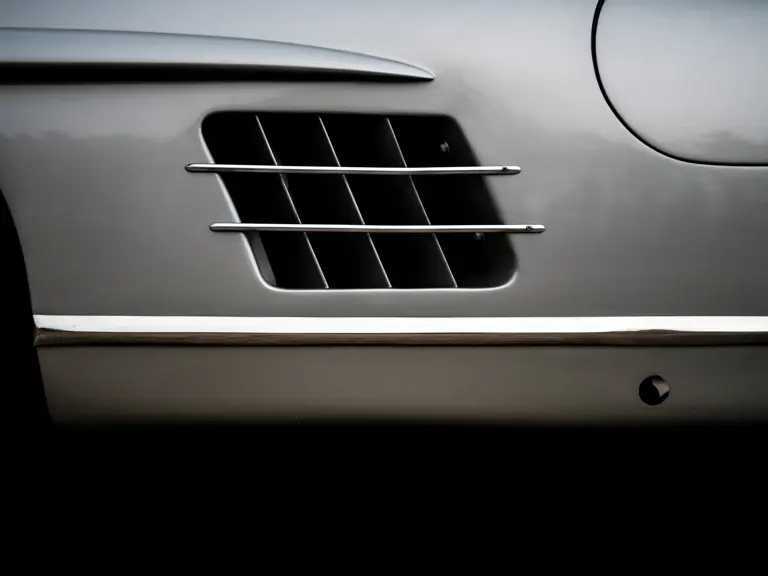
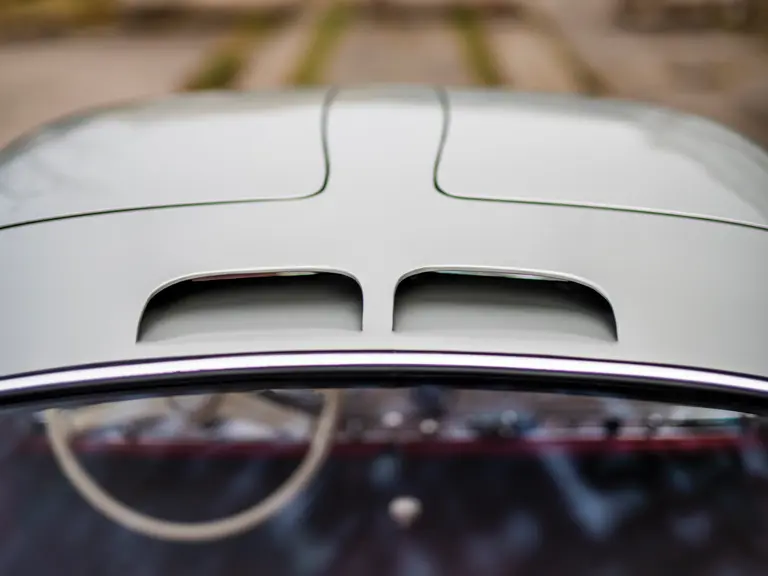
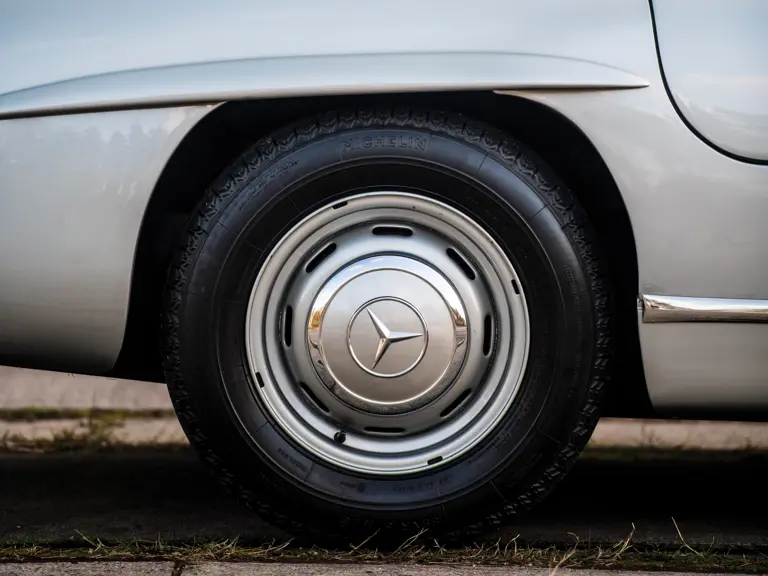
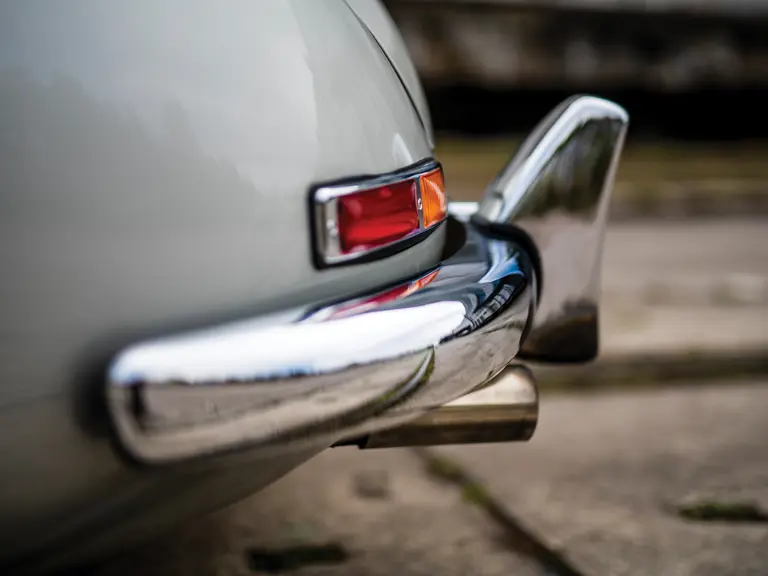

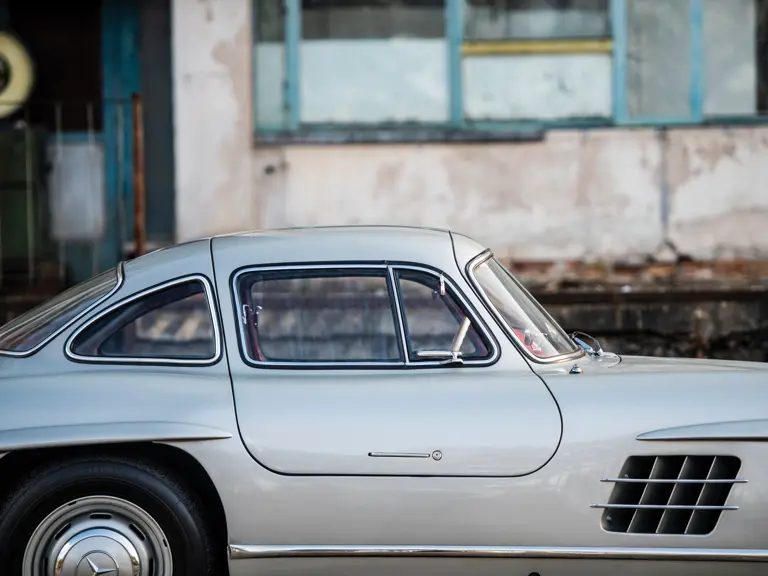
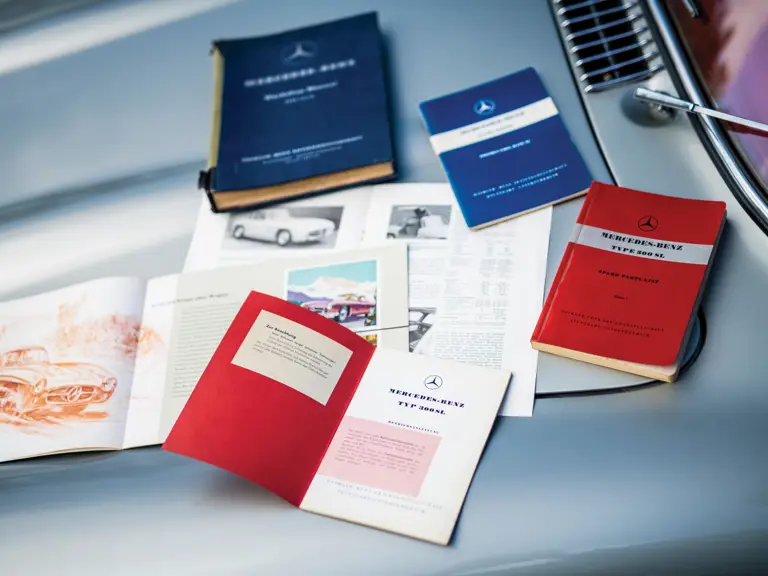
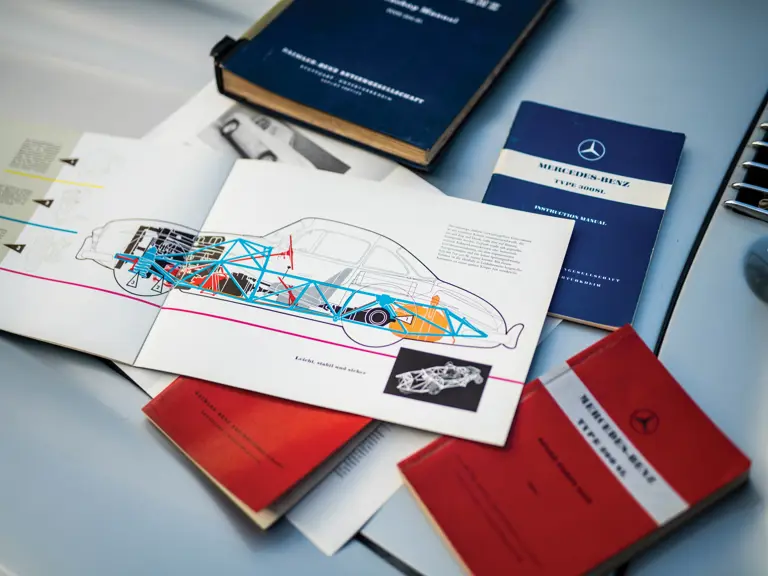
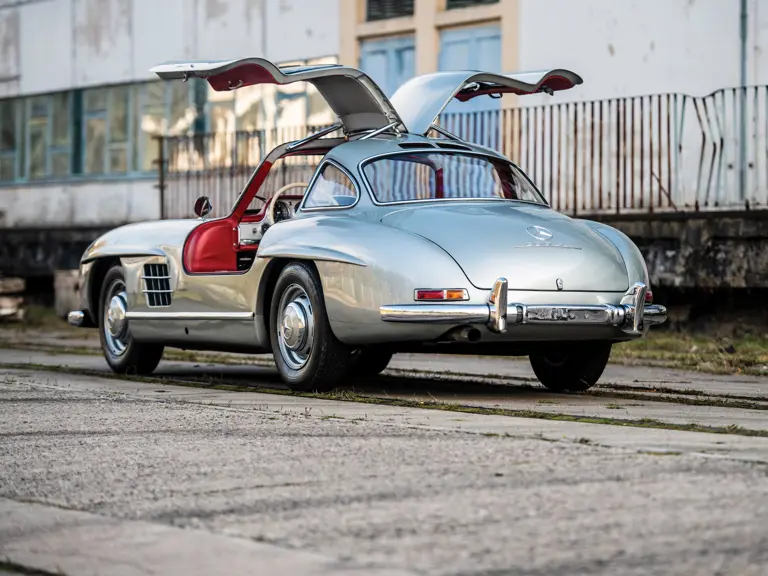
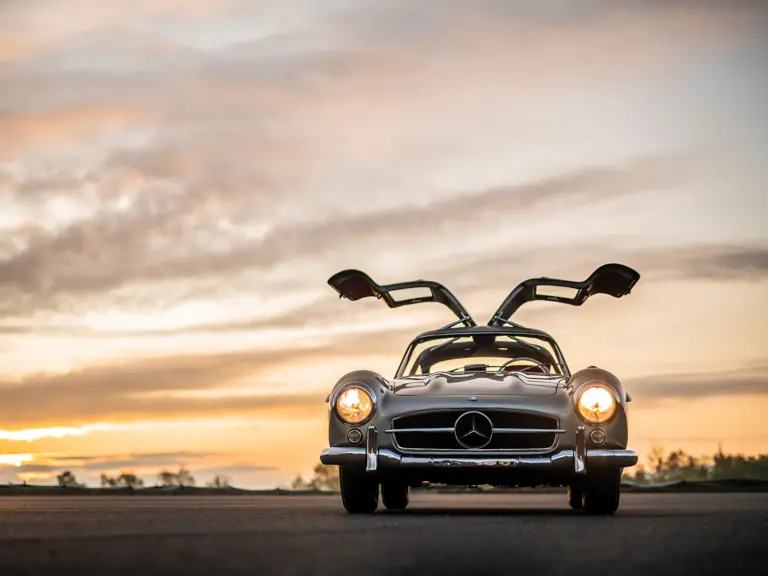
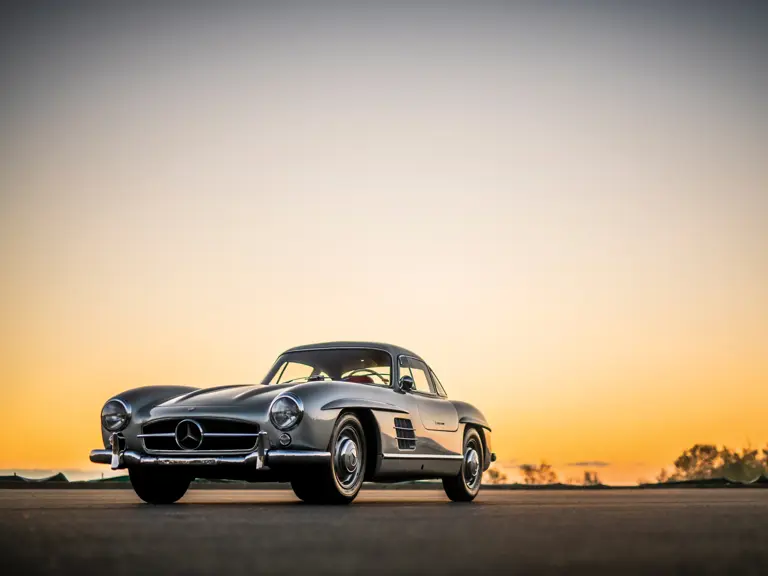

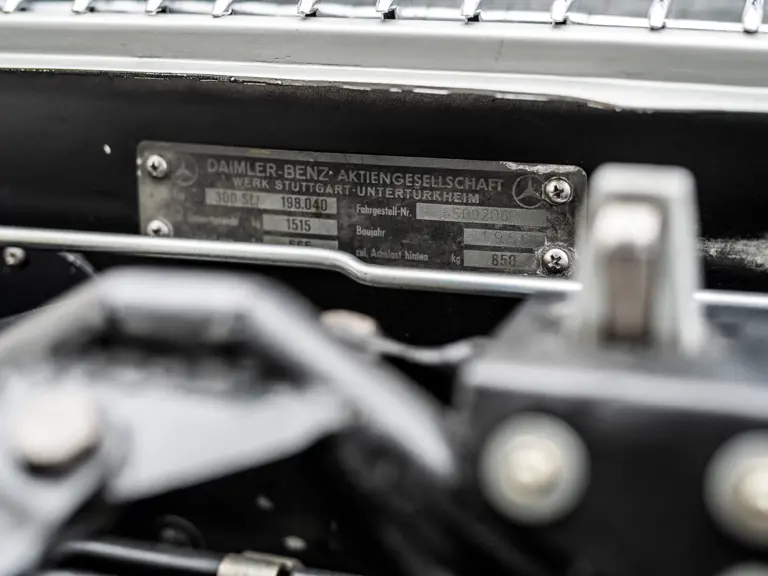
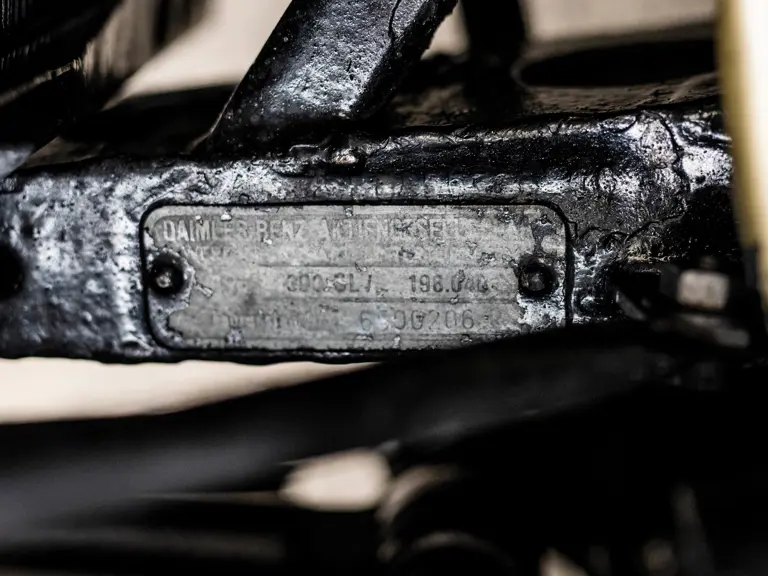
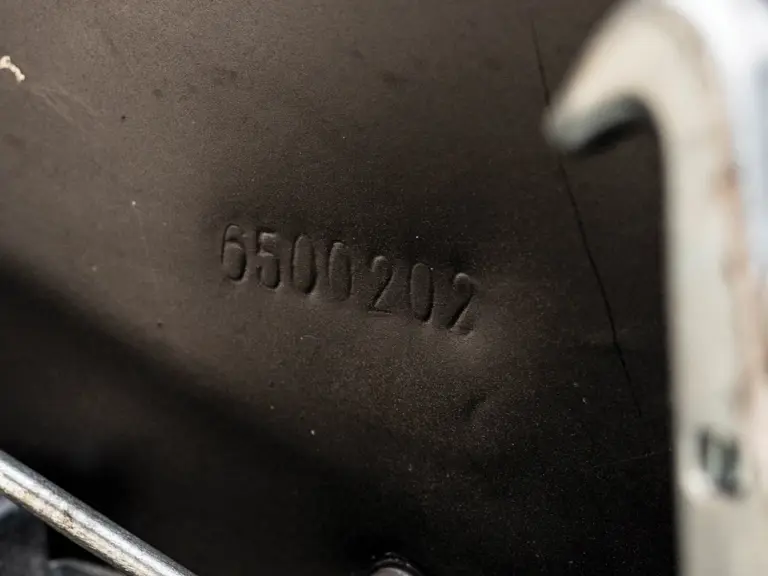
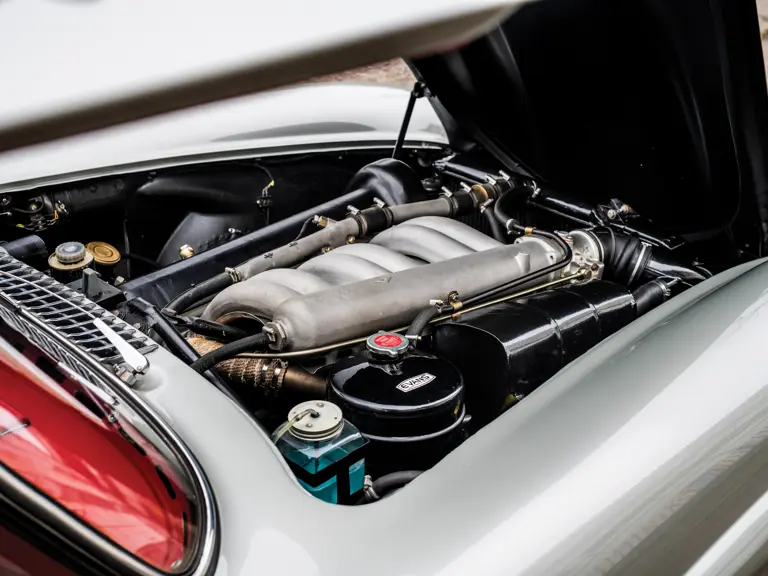
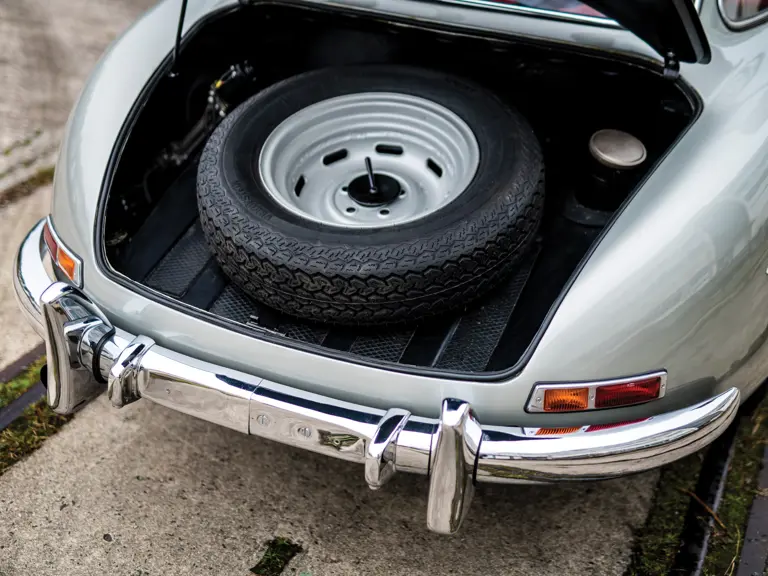

 | Abu Dhabi, United Arab Emirates
| Abu Dhabi, United Arab Emirates
